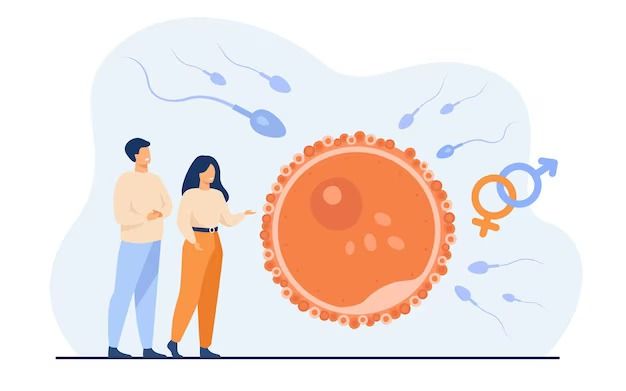Introduction:
In vitro fertilization (IVF) is a revolutionary technology that has brought hope and joy to millions of couples struggling with infertility. This comprehensive guide will walk you through the IVF process, from the initial consultation to embryo transfer, empowering you to make informed decisions on your path to parenthood.

IVF involves fertilizing an egg with sperm outside the body, in a laboratory setting. The resulting embryo is then transferred to the woman's uterus, with the hope of a successful pregnancy. This procedure is a beacon of hope for individuals and couples facing various fertility challenges, including:
- Diminished Ovarian Reserve: IVF can help women with a low number of remaining eggs.
- Blocked Fallopian Tubes: For women whose fallopian tubes are damaged or blocked, IVF bypasses the need for eggs to travel through the tubes to reach the uterus.
- Male Factor Infertility: IVF addresses male infertility by directly injecting sperm into an egg, overcoming issues like low sperm count or motility.
- Unexplained Infertility: When the cause of infertility remains unknown, IVF offers a potential solution.
Understanding the IVF Process:
The IVF journey encompasses several key stages:
1. Ovarian Stimulation: Medications are prescribed to stimulate the ovaries to produce multiple eggs, maximizing the chances of successful fertilization.
2. Egg Retrieval: A minor surgical procedure, performed under sedation, extracts the mature eggs from the ovaries.
3. Fertilization: The retrieved eggs are combined with sperm in a laboratory dish. In some cases, intracytoplasmic sperm injection (ICSI) is used, where a single sperm is directly injected into an egg.
4. Embryo Development: The fertilized eggs develop into embryos, which are carefully monitored in the laboratory for several days.
5. Embryo Transfer: One or more embryos are transferred into the woman's uterus using a thin catheter.
6. Pregnancy Test: Approximately two weeks after the embryo transfer, a blood test is performed to confirm pregnancy.

.jpg)